-
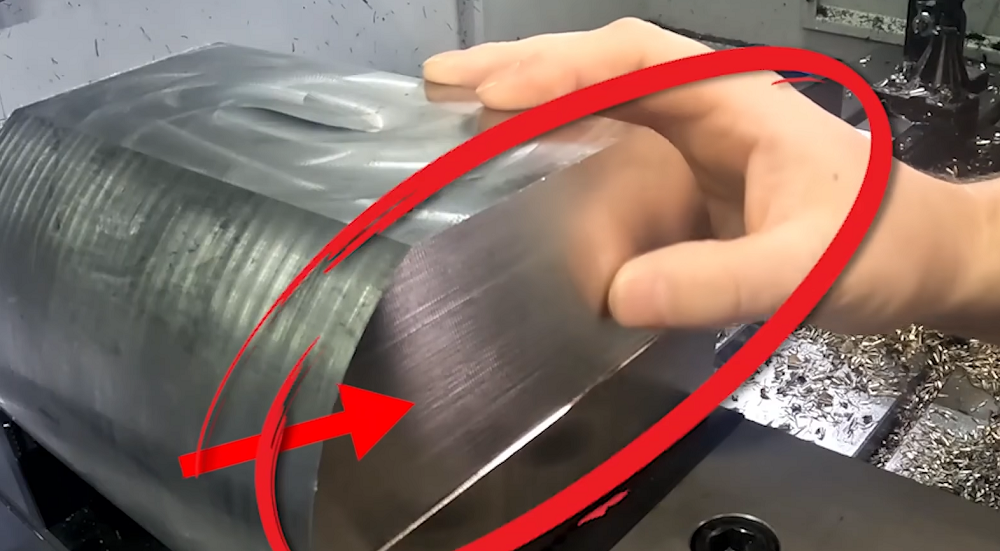 2024.9.9
2024.9.9The chatter in CNC machining can be a pervasive issue, affecting surface quality, tool life, and operational efficiency. Here, we’ll explore the phenomena of chatter, its causes, and practical strategies to mitigate its effects across various CNC machining processes including turning, milling, drilling, and cutting. 1. What is Chatter in Machining? The chatter in machining, also known as vibration, refers to the vibration phenomenon in the cutting operation of machining processes such as CNC milling, turning, drilling, etc., which generates waves on the surface of the ma......
-
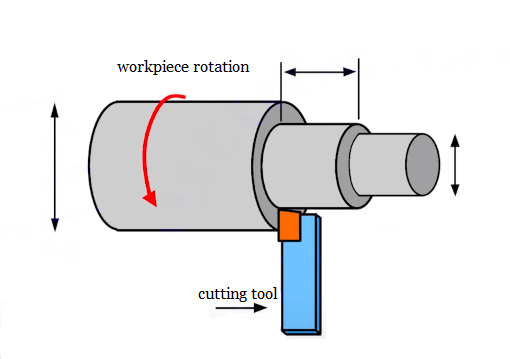 2024.9.3
2024.9.3Straight turning is one of the turning processes that can be performed on a lathe machine, how does it work, and how to complete the operation? This article will explain the straight (plain) turning about its principle, uses, operation, tools, diagram, and differences compared to step turning. What Is Straight Turning in Lathe Machine? Straight turning, also known as plain turning or cylindrical turning, is a fundamental lathe operation where a workpiece secured in a chuck, rotates about its axis while a cutting tool moves parallel to this axis. Plain turning is a specialized technique o......
-
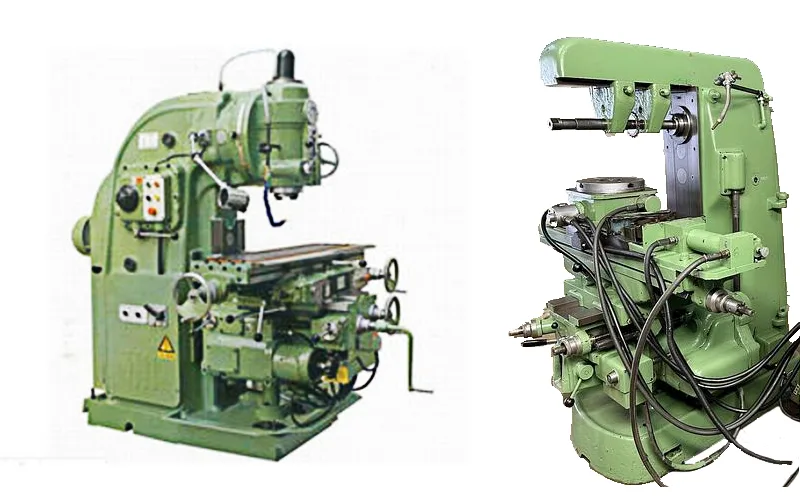 2024.8.27
2024.8.27Rotary table milling machines, while not as common as standard milling machines, still have unique benefits and specific applications in modern manufacturing. Here we’ll introduce the rotary table milling machine with its definition, parts, diagram, and how to use it. What Is a Rotary Table Milling Machine? The rotary table milling machine is a type of machine tool that incorporates a rotating table, which is the most distinctive and identifiable feature of the equipment, and typically multiple cutters. One cutter roughs the workpiece, and the others are used for finishing. A rotary tab......
-
 2024.8.21
2024.8.21Plasma nitriding is a surface treatment or modification technology with the final purpose is improving the service life of the components. It differs from other finishing methods in that it applies a glow discharge process. In this article, we’ll introduce the plasma ion nitriding principle, process, uses, materials, temperature, depth, comparison with gas nitriding, and more. What is Plasma Nitriding & How Does It Work? Plasma nitriding, also referred to as ion nitriding or plasma ion nitriding, is an industrial surface treatment for metals and alloys that utilizes a plasma......
-
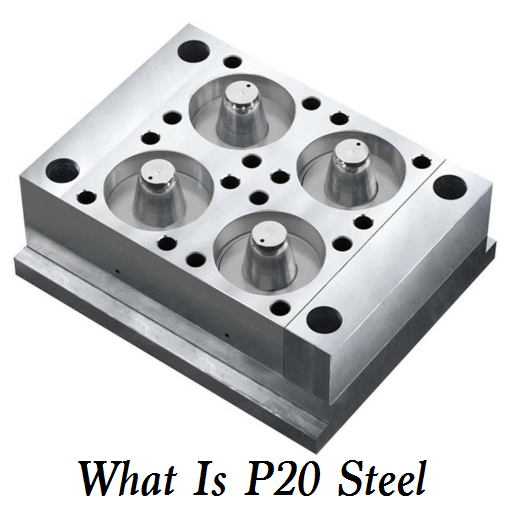 2024.8.20
2024.8.20Before you purchase the P20 steel products, it is better to know more about it. This article will break down the P20 steel material with its definition, specification standard, equivalents, composition, properties, applications, and a detailed comparison between P20 and 4140 steel. What Is P20 Steel? P20, also known as AISI P20, is a tool steel that is widely used in the manufacturing of plastic molds and die casting molds. P20 steel is usually supplied in a pre-hardened state with a hardness range of HRC28-33, which allows it to be directly used for mold making without further heat tr......
-
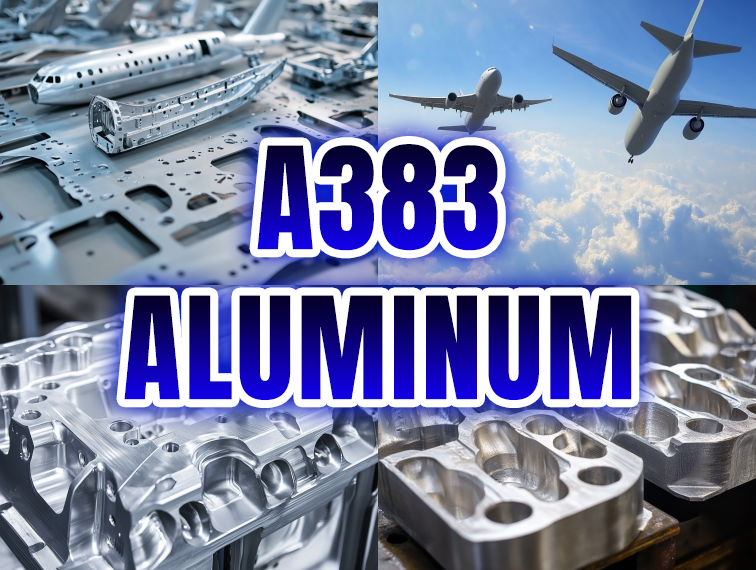 2024.8.20
2024.8.20Aluminum die casting is a popular manufacturing process used to produce precise, complex metal parts across industries like automotive, aerospace, and consumer products. Two of the most common aluminum alloys used in die casting are A383 and A380. Also known as ADC12 and ADC10 respectively, these two alloys make up a significant portion of all aluminum die-cast parts produced globally. A383 has become the dominant alloy, especially in Asia, due to its balanced properties, machinability, castability, and relatively low cost. However, the A380 maintains popularity in some regions as well.......
-
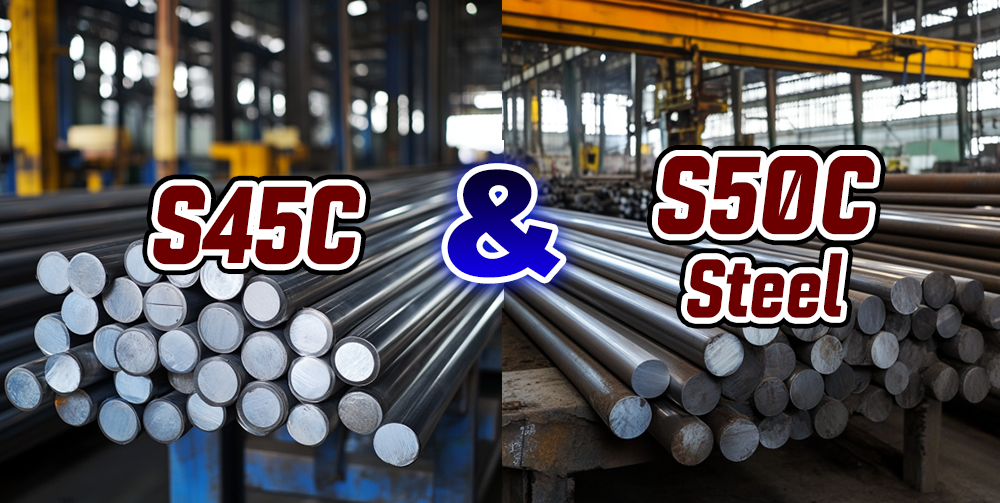 What is S45C & S50C Steel – S45C & S50C Steel Composition, Properties, Equivalent, Uses, Differences2024.8.19
What is S45C & S50C Steel – S45C & S50C Steel Composition, Properties, Equivalent, Uses, Differences2024.8.19S45C/S50C are two types of general-purpose steel known as “carbon steel for mechanical structural use” based on JIS standards. Both have medium carbon content, are versatile, readily available, and suitable for machining and heat treatment, making them widely used for manufacturing mechanical parts. The difference between them lies in their carbon content, which results in noticeable differences in performance and processing. Therefore, the appropriate material should be selected based on the intended use and specifications before determining the best processing method. To t......
-
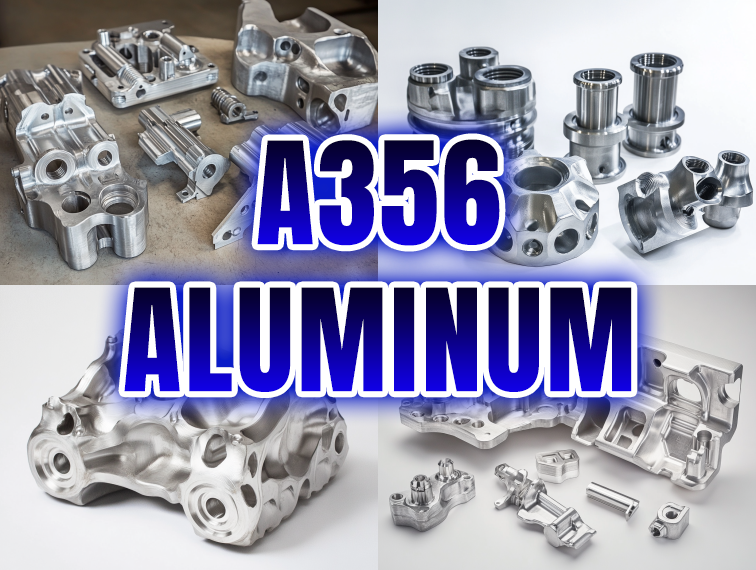 2024.8.15
2024.8.15Did you know? The base of Tesla’s vehicle bodies is made from an improved A356 aluminum alloy casting. A356 is arguably the king of casting aluminum alloys – a well-balanced alloy known for its excellent castability, high strength, toughness, and corrosion resistance. If you want to learn about the best casting materials, we recommend starting with this aluminum alloy. This article provides a detailed overview of A356 aluminum specification, including its chemical composition, applications, physical and mechanical properties, equivalent, and its differences from another comm......
- Home
- Machining techniques
- CNC Machining Services
- Cooperative supply services
- Designs
- Materials
- Finishing Services
- Shop
- Products
- Guide
- About Us
- Contact Us

